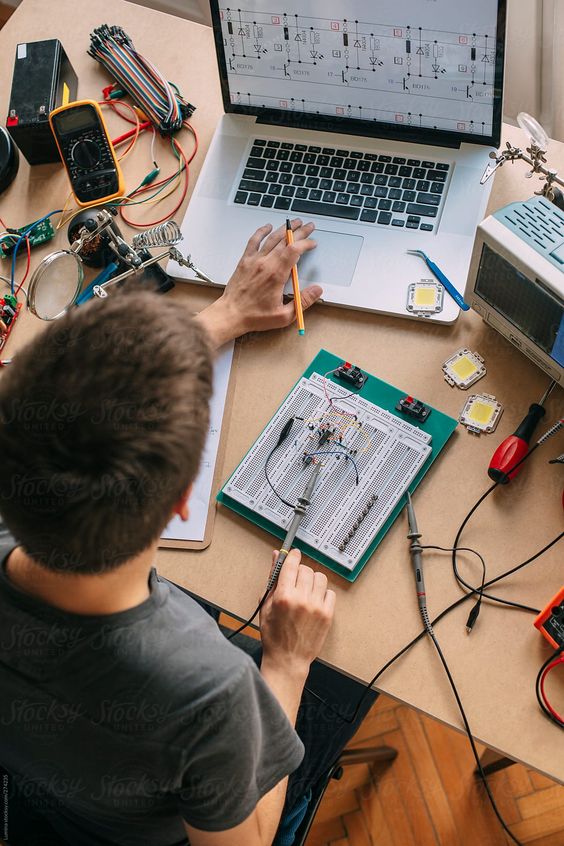
Every electrical system has the potential to be dangerous. Electric shocks and burns can harm your body because our bodies are naturally good conductors of electricity.
Thermal burns can harm both the external skin and interior tissues, force your lungs to collapse or your muscles to contract. The result of all that may be a serious fall and fatal injuries.
Direct contact with energized conductors can cause brain damage, make breathing difficult, or even cause your heart to stop. Working with electricity is a dangerous undertaking! If you’re an electrician in training or preparing to start an apprenticeship, here are important safety precautions you should be aware of.
Avoid Touching An Electrocuted Person
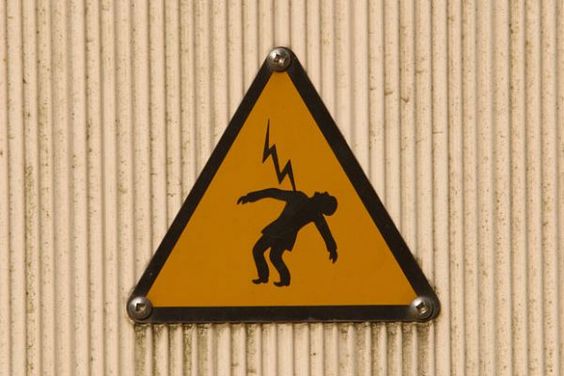
It’s natural for any human being to desire to help a friend who has been electrocuted or burned by electricity. But always keep in mind that the body is a conductor. If you come into contact with someone who is being electrocuted, the current will pass into your body, putting both of you in danger. Do not touch the equipment, cord, or person if they come into contact with a live electrical conductor.
Carefully pull the plug out with a leather belt or disconnect the power source from the circuit breaker. You should also turn off the primary power source first, then dial 911 for emergency assistance. While waiting for the ambulance, if you know CPR, you can start treating the patient. This is really a tricky position for anyone, but you must remain calm to avoid exacerbating the problem.
Always Put On The Appropriate Safety Gear When Handling Electricity
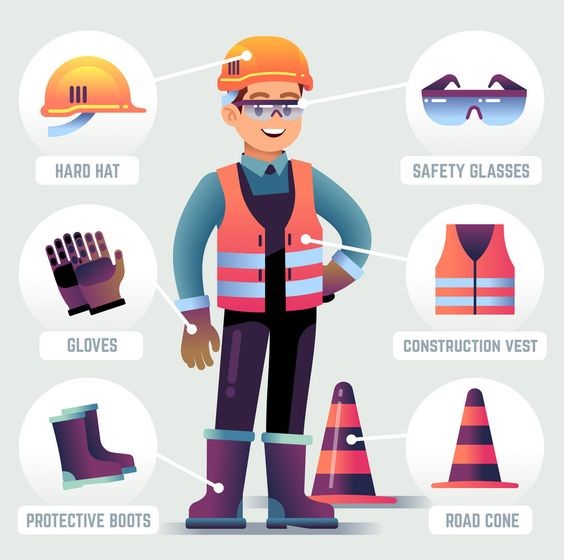
It is crucial that any electrical engineering student wears the appropriate safety equipment when working with electricity. Don’t be tempted to work with regular clothes, whether you’re just starting pre-apprenticeship electrician training, are an apprentice, or have years of experience under your belt, you must always wear the proper safety equipment.
Goggles, insulated gloves, sleeves, hoods, blankets, line hoses, and non-conducting hard helmets are all standard personal protection equipment. Just like your tools, this equipment should always be inspected before use. Repair it if necessary or discard it if it is not serviceable.
Stay Away From Power Lines

Around building sites, power lines are common and they present a major threat to electricians and other tradespeople. Power lines kill a lot of people while in their line of duty. A big percentage of these mishaps occur on construction sites. A connection may appear to be safe since you can’t note any exposed or sparking wires, yet even a light touch can send thousands of volts through your body.
Electrocution from a power line can cause fourth-degree internal and external burns or even death. It is also critical to learn the rules governing electrical lines in your area. Depending on the voltage of the line, there are specified minimum distances that must be maintained. Before digging, you should find out where power lines are located, and you must only dig with your hands when you are within one meter of power lines.
Always Ensure Your Electrical Tools Are in Good Working Order Before Using Them

As an electrical engineering student, always inspect and maintain your tools before putting them to use. You should stop using them as soon as they need to be repaired. Check for frayed cords, exposed wires, and missing or loose prongs on your power tools. The insulation that protects your extension cords is extremely sensitive to harm.
Look for cracks in your tool’s handles or body casings, as well as damaged switches and malfunctioning trigger locks. Before labeling a damaged tool for repair, don’t make the mistake of using it.
Always Guard The Live Parts Of Electrical Equipment
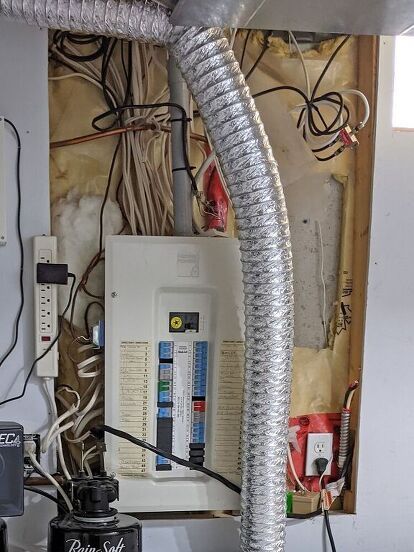
You should always avoid any accidental contact with live parts of electric equipment running at a higher voltage, that is 50 Volts or above. For instance, electrophoresis devices must be avoided at all costs. Plexiglass shields can be used to protect against live parts that have been exposed.
Your electrical wiring will be adequately protected if you use the correct enclosure. Installing xl distribution boxes is advantageous because they provide a large panel space to house all electrical systems. The enclosures will also protect the equipment from harsh weather conditions and being accessed by unauthorized people.
Avoid Repairing Electrified Equipment
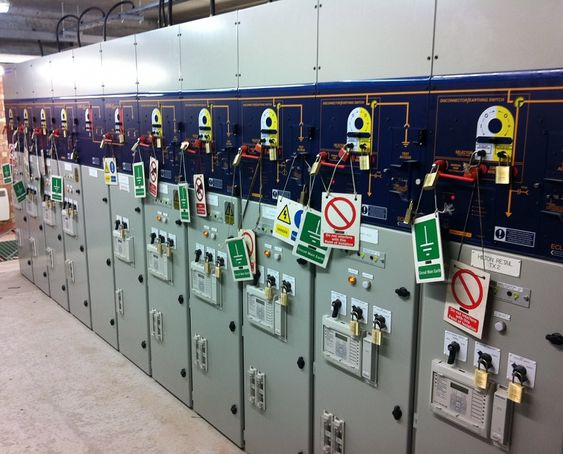
You should never attempt to repair any equipment that is energized. Always use a tester to ensure that the equipment is de-energized first. If an electric tester happens to come in contact with a live wire, the tester’s bulb will illuminate. That is an indication that an electrical current is flowing through the line. Anytime before you start working, use your electrical tester to check all of the cables, the service panel’s exterior metallic covering, and any other additional hanging wires.
Conclusion
A safe working environment isn’t always enough to keep all electrical threats at bay. You must exercise extreme caution and work in a safe manner. The electricity safety standards discussed above will assist you in reducing your and others’ risk of injury or death as a result of workplace risks.
Image sources:
- https://www.pinterest.com/pin/90916486217377156/
- https://www.pinterest.com/pin/391320655123359570/
- https://www.pinterest.com/pin/2533343530066576/
- https://www.pinterest.com/pin/39617671700858113/
- https://www.pinterest.com/pin/378513543689864518/
- https://www.pinterest.com/pin/568086940506349847/
- https://www.pinterest.com/pin/730568370798042889/